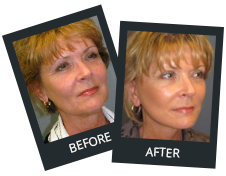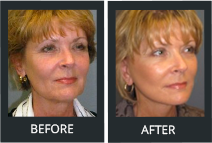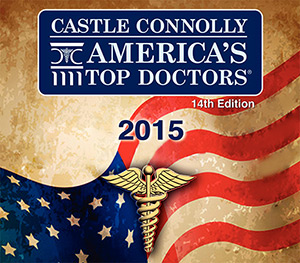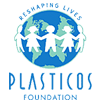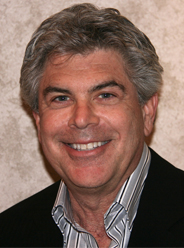 As someone in the business of beauty and the human body, I find it interesting to look back and reflect on where some of our concepts of beauty came from. The original human concept of beauty is thought to come from evolutionary cues that would help us ascertain the viability of a mate. Bodies that radiate health and fertility through size or traits like deep set eyes that indicated a strong supply of testosterone, were the original benchmarks for beauty. But as society developed, and the pressures of survival and reproduction were reduced, different ideas about beauty developed depending on the culture.
As someone in the business of beauty and the human body, I find it interesting to look back and reflect on where some of our concepts of beauty came from. The original human concept of beauty is thought to come from evolutionary cues that would help us ascertain the viability of a mate. Bodies that radiate health and fertility through size or traits like deep set eyes that indicated a strong supply of testosterone, were the original benchmarks for beauty. But as society developed, and the pressures of survival and reproduction were reduced, different ideas about beauty developed depending on the culture.
Nowadays, if someone was randomly picked off the street and asked to describe what constitutes physical beauty, chances are they would talk about things like musculature, unblemished skin, a powerful and commanding jaw line for a man or a small chin and high cheekbones for a woman. While personal preferences vary, if asked to visualize a beautiful person, the majority of our mental images would, by and large, be quite similar. It has come so far that the “ideal” waist-to-hip ratio has even been quantified for men and women (.9 and .7 respectively). Most people would find this global concept of beauty unsurprising. It is the culture that we live in that teaches us our concept of beauty, and with the current level of connection via media like the Internet and the ease of access between once disparate cultures, humanity can no longer accurately be said to exist in discrete cultural pockets, but more and more as a global aggregate of cultures and ideas.
However, keep in mind that this was not always the case. Before the advent of air travel or instant communication, people around the world were in a very real sense isolated. Consequently, there was no amalgamation of cultures, and no predominant standard of beauty. This historically allowed many fascinating ideas about beauty to proliferate. For example, in current culture a trim figure and muscle tone is regarded as beautiful. Thin being beautiful is not unique to current times, and can be seen as far back as the 14th century, evidenced by the practice of corseting.
Corseting is the process of compacting the bosom and constricting the hips using a garment that often was made of whalebone set on a steel frame. As you can imagine, this was a quite painful process, and the constriction of respiration combined with inadequate venous return would often lead to fainting or swooning. In the long run, corsets could cause a plethora of health problems such as hiatal hernias, or an enlarged or displaced liver. However, if you were to take a corseted Victorian woman, willing to put up with all those pains and complications for the sake of beauty, and drop her in the contemporary Hawaiian Islands, chances are she would be seen as repulsive.
In Hawaii, the exact opposite concept of beauty was in vogue. Corpulence was seen as proof that an individual could afford excess, and therefore was considered extremely beautiful. So much so, that royalty would allow themselves to be force-fed, and undergo a massage that assisted with digestion so they could consume more. This practice had it’s own set of health risks, such as obesity and diabetes to say the least.
In fact, the one consistent thread that I have been able to pick out between different cultures and times is the extreme lengths that people would go to in the pursuit of beauty. From the belladonna eye drops used in the 16th and 17th century that could cause glaucoma and blindness, to the vermillion rouge made of sulphur and mercury popular in the 18th century, even up to the harmful practices that still are widespread today such as tanning or the use of untested cosmetics, people have always been willing to put appearance before health.
I think this is one of the most important lessons that we can take away. Just because some beauty practice is popular or widespread does not mean it is safe or okay. One need only to recall the disturbingly widespread underground BOTOX scams that used impure or unadulterated toxin, and were administered by individuals unqualified to do so to realize that this is still a problem. It is the responsibility of professionals of the industry, such as myself, to ensure the health and well-being of our patients first and foremost, and I have made this endeavor one of the main tenants of my practice. However, it is also the responsibility of the individual to consider his or her own health and take the time to become informed before engaging in any kind of beauty practice.
— Dr. Jed Horowitz, MD, FACS
Robert Barry, BA

